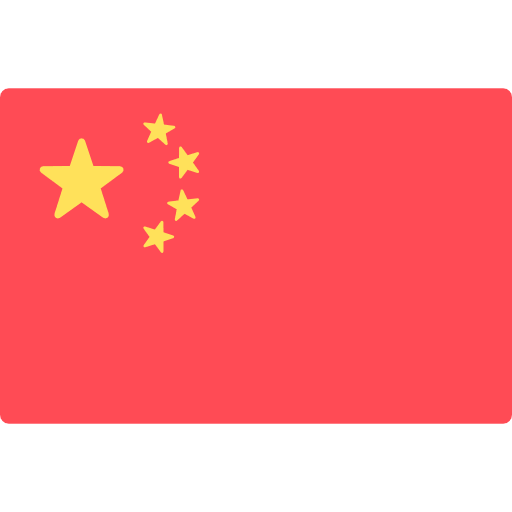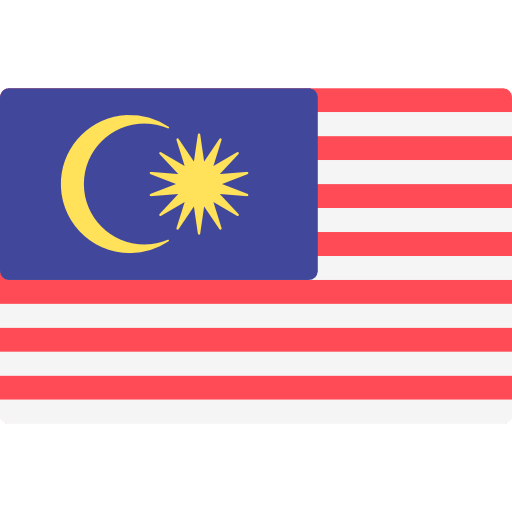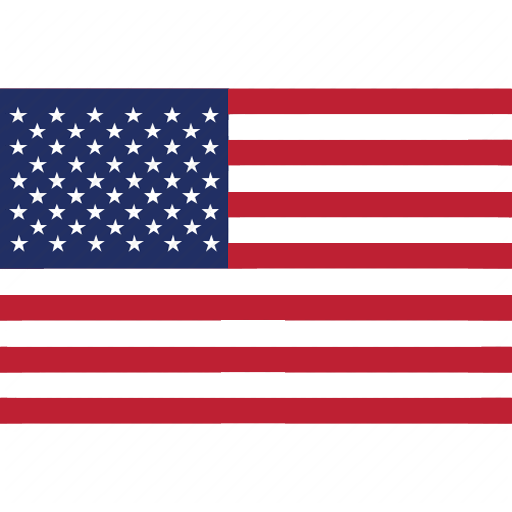Optimising footwear production: the strategic value of early and mid-stage quality control


In today’s competitive footwear industry, excellence isn’t achieved at the end of the production line – it is built from the very first step. Implementing early- and mid-stage quality control is therefore not just a best practice. It is a strategic investment that drives quality consistency, efficiency, and long-term customer satisfaction, especially when footwear production involves multiple components and processes.
This article explores the key stages of footwear production control in early and mid-production stages, and explains how each step reduces risk at later stages, and maximizes production efficiency.
Stages of early production control
Early production control lays the foundation for consistent quality from the very start. By assessing raw materials, pilot runs, and early outputs, suppliers and buyers can prevent production errors before they affect large-scale production.
Stage 1: Incoming materials quality control (IQC)
Quality starts with the raw materials. IQC involves verifying that all incoming components meet the required standards before they reach the production floor. Factories review and refine their inspection routines or conduct random checks on raw materials and components, sorting them as Accepted, Conditionally Accepted, or Rejected, against specifications detailed in purchasing orders, production packs or BOM.
This is particularly important for genuine leather footwear, as leather often carries visible defects such as scars, marks and wrinkles. If excessive defects are found at this stage, additional purchase of leather might be required to ensure enough stocks for mass production.
Detecting issues at this stage sets a reliable foundation for upcoming production, ensuring only quality materials enter the line.
Stage 2: Pilot review (PR)
The pilot review confirms that production processes and workmanship meet specifications before bulk manufacturing. Typically, 20–32 pairs are randomly selected for a full visual, conformity, and construction check. At the same time, the factory demonstrates compliance with critical policies such as mould prevention, chemical handling, and needle & sharp object control.
Verification of shoe sizing alignment and footwear labels against tech pack happens at this stage as well. Where possible, sending samples to laboratory for general footwear safety, strength and performance tests is a great way to further ensure quality is at the desired level. Alternatively, brands can select tests based on the factory`s past quality assessment records if defect histories are well documented. A successful pilot confirms that machinery, materials, and workmanship are ready for bulk production. If not, the factory has an opportunity to adjust processes and correct issues early.
Stage 3: Initial production inspection (IPI)
Once about 10% of an order is completed, the IPI can be conducted to verify that the factory is maintaining agreed quality standards and preventive measures.
This step serves as a confirmation that lessons from the pilot run have been applied. It prevents recurring defects and ensures the production ramp-up stays on track.
Stage 4: Troubleshooting (TS)
Even in well-prepared production lines, issues can arise. Troubleshooting uses the 5M1E framework – Man, Machine, Material, Method, Measurement, and Environment – to pinpoint root causes and apply effective corrective actions. This analytical approach keeps production aligned with specifications, prevents rework, and safeguards both time and investment.
Middle production control
Once large-scale production is in motion, the focus shifts from setup to consistency. Mid-stage controls maintain discipline on the line, ensuring processes remain stable and deviations are addressed immediately.
Stage 5: Production monitoring (PM)
Day-to-day oversight is key to sustaining quality and preventing production delays. Production monitoring includes tracking components, semi-finished, and finished goods, with factories submitting daily production progress and quality reports.
Regular monitoring gives brands real-time visibility, helps detect unauthorised subcontracting, and allows immediate correction of any emerging issues. It also builds stronger collaboration between a client and a factory by keeping communication open and transparent.
Stage 6: During production inspection (DPI or DuPro)
Conducted when production reaches 20–50% completion, the DPI provides a critical mid-point check. Inspectors review visual, functional, and dimensional quality, ensuring the output meets design and performance requirements.
Any issues identified can be fixed before production finishes, avoiding last-minute disruptions and costly rework. This proactive control helps maintain schedule integrity and consistent standards throughout the run.
Benefits of early and mid-production QC
Integrating early and mid-production quality controls delivers significant strategic advantages to footwear buyers and suppliers:
- Cost efficiency: identifies issues before they compound, saving time and resources
- Process stability: ensures consistent product quality and output
- Customer satisfaction: delivers footwear that meets shipment schedule, design, fit, and performance expectations
- Operational transparency: keeps brands informed at every stage of manufacturing
By embedding quality control into every phase, footwear brands and manufacturers can strengthen their supply chains and reduce delivery time to market. Implementing robust early and mid-stage quality control ensures that every pair of shoes reflects the brand’s commitment to quality, safety and customer trust.
Discover how Eurofins Assurance can support your footwear quality strategy. Visit our inspection webpage for more information or to get in touch with our experts.




© Eurofins Assurance 2025 Personal data protection policy

















































